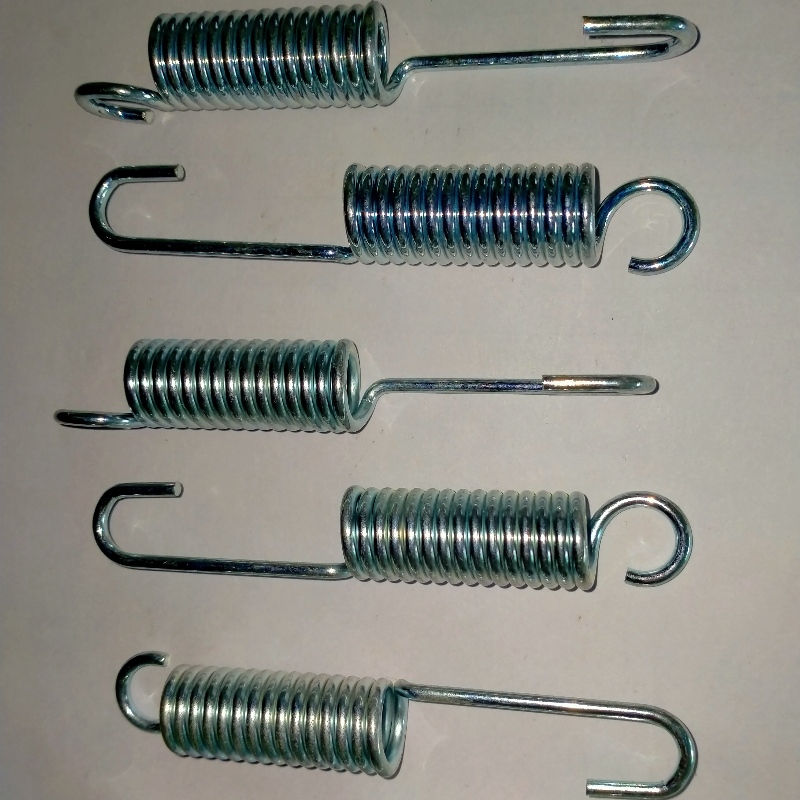A spring is a mechanical part that uses elasticity to work. Generally made of spring steel. Its elasticity can be used to control the movement of the machine parts, ease the impact or vibration, save energy, and measure the size of the force. Widely used in machines and instruments.
The force and deformation of the spring conform to Hooke's law, that is, the force and the shape variable need to be proportional.
Spring force unit is Newton, referred to as bovine spring constant, also known as stubborn coefficient or stiffness coefficient, unit is Newton/meter, referred to as bovine/meter spring deformation or compression, unit is meters.
1.A torsional spring is a spring that undergoes torsional deformation, and its working part is also tightly wound into a spiral shape. Torsion spring end structure is processed into various shapes of torsion arm, rather than the hook. Torsion springs use the lever principle to twist or rotate flexible materials that are soft and tough, so that they have great mechanical energy.

2. A tension spring is a helical spring that undergoes axial tension. When not under load, the stretch spring ring and ring are generally and tight between no gap.

3. Compression spring is the spiral spring under axial pressure, the material section it uses is more circular, also useful rectangle and many strands of steel entangle coil, the spring is generally equal to the pitch, the shape of the compression spring: Cylindrical, conical, convex and concave shape and a small amount of non-circular, compression spring ring and ring will have a certain gap, when subjected to external load when the spring contraction deformation, storage deformation energy.

4. Other spring types, clockwork spring, battery spring, sheet spring, coil spring, special-shaped spring, spring washer, etc




